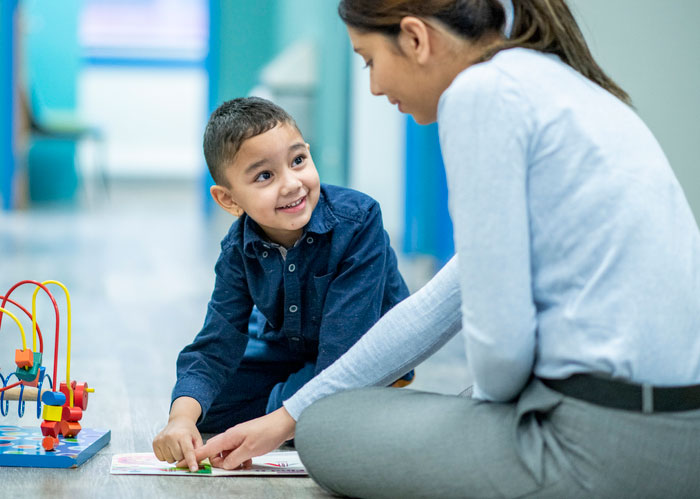Designing engaging preschool programs requires a delicate balance of creativity, educational intent, and a deep understanding of the unique developmental needs of young minds. At the heart of such programs is the recognition that preschoolers are naturally curious, imaginative, and eager to explore the world around them. To tap into this innate curiosity, educators must embrace a play-based approach that fosters creativity and critical thinking. The philosophy of Creative Minds at Play becomes the guiding principle, recognizing that children learn best when their minds are actively engaged in hands-on, interactive experiences. Central to these engaging preschool programs is the creation of a stimulating environment that sparks imagination and invites exploration. Colorful and inviting spaces, filled with age-appropriate toys, books, and art materials, provide a backdrop for fostering creativity. Educators play a crucial role in orchestrating activities that encourage children to experiment, ask questions, and express themselves freely.

By incorporating diverse learning centers within the classroom, such as a reading nook, a sensory station, and a creative arts corner, educators cater to varied interests and learning styles, ensuring that every child finds avenues for self-expression and discovery. A cornerstone of designing preschool programs is the integration of play as a powerful tool for learning. Play serves as the medium through which children make sense of the world, develop social skills, and enhance cognitive abilities. Whether engaged in imaginative role-playing, building structures with blocks, or participating in group games, preschoolers are actively refining their motor skills, language development, and problem-solving capabilities and Go to website. Educators weave intentional learning objectives seamlessly into these play activities, ensuring that each interaction contributes to the child’s overall development. Furthermore, effective preschool programs embrace a holistic approach that values the emotional and social growth of each child.
Group activities, collaborative projects, and guided discussions create a supportive community where children learn to navigate relationships, share ideas, and develop empathy. Through these experiences, preschoolers not only build a foundation for academic success but also cultivate essential life skills that set the stage for future learning and collaboration. In addition to the physical environment and play-based curriculum, communication with parents is an integral component of an engaging preschool program. Regular updates, parent-teacher conferences, and collaborative events foster a strong partnership between educators and families. This connection ensures that the child’s learning experiences seamlessly extend from the classroom to the home, creating a cohesive and supportive educational journey. In conclusion, Creative Minds at Play encapsulates the spirit of designing engaging preschool programs that prioritize the unique needs of young learners. By nurturing creativity, integrating play into the curriculum, and fostering a supportive community, educators laid the groundwork for a lifelong love of learning and a solid foundation for future academic success.